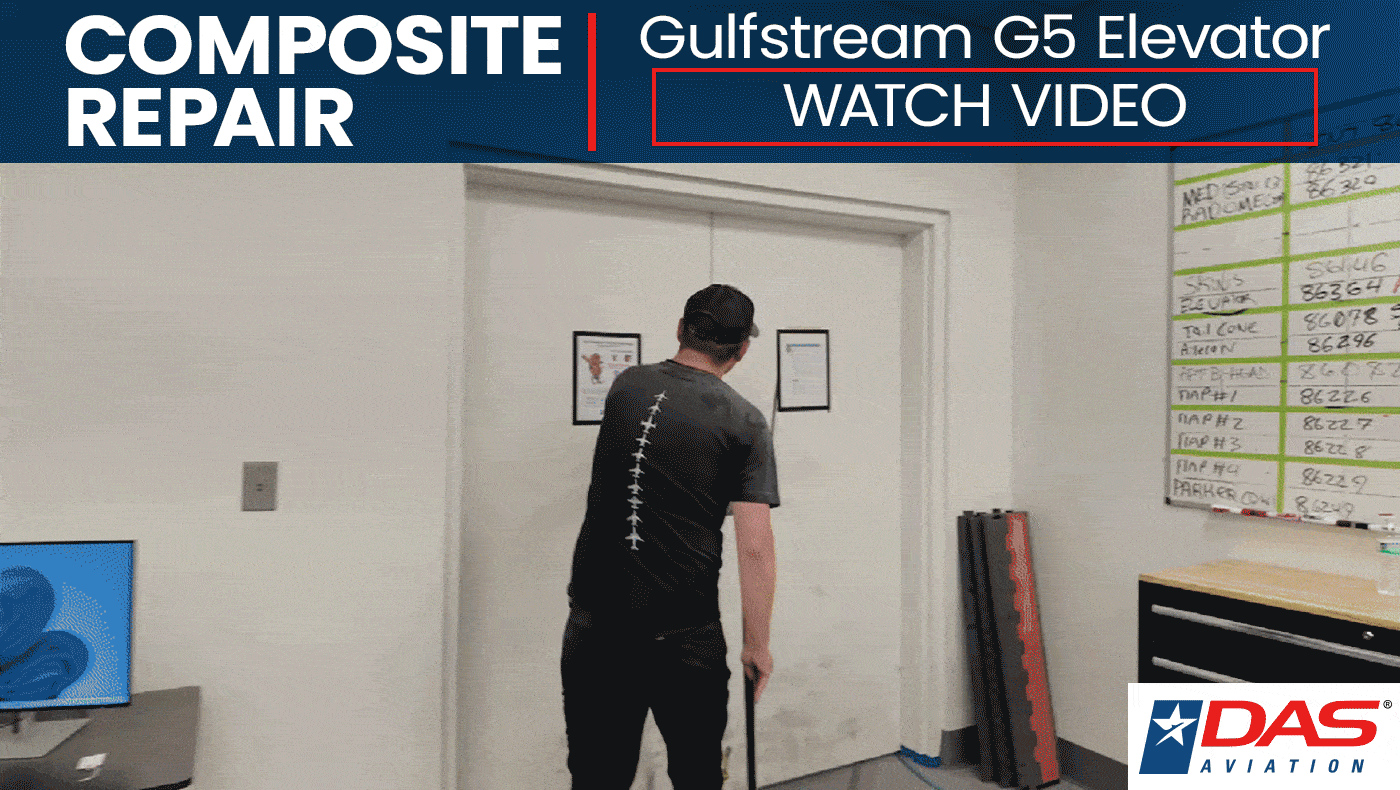|
Following its dual FAA and EASA certification in April, Gulfstream Aerospace has delivered its first ultra-long-range G800, the Savannah, Georgia OEM said today. The first delivered G800 was outfitted at and delivered from the airframer’s completions facility in Appleton, Wisconsin, which is the General Dynamics subsidiary’s largest outside of its Savannah headquarters. “We have seen astounding demand for the G800, and the entire Gulfstream team is excited to begin making deliveries to our customers,” said company president Mark Burns. “The G800 is entering service with extraordinary program maturity, just like the Gulfstream G700 before it. We look forward to customers around the world experiencing the aircraft’s remarkable capabilities and cabin comfort.” First announced in late 2021, the large-cabin twinjet has a range of 8,200 nm at a long-range cruise speed of Mach 0.85, and 7,000 nm at a high-speed cruise of Mach 0.90. The G800 has a maximum operating speed of Mach 0.935. Its interior can be configured in four living zones, or three living zones plus a crew rest compartment. It features 16 of Gulfstream’s trademark oval cabin windows and has a cabin altitude of 2,840 feet when flying at 41,000 feet. |
|
|
VistaJet has achieved certification for baseline evidence-based training (EBT). The private aviation group announced the approval today and said it is the first business aircraft operator to achieve this level of certification for flight crew training. EBT is already being used by major airlines and is backed by European aviation regulators. Rather than using traditional checklist drills as the basis for training, the process is based on data-driven instruction that evolves for a specific flight, air crew, and risk profile. According to VistaJet, which operates a worldwide fleet of more than 270 aircraft, its EBT program consists of elements that are not yet standard safety practices in business aviation. The company has its own team of simulator instructors and examiners, and aims to provide standardized training across its pilot workforce. The operator’s training programs are designed to evolve based on tens of thousands of data points that VistaJet records and analyzes, as well as operational and broader industry safety data. VistaJet started implementing EBT in 2018. “EBT is part of our vision to continuously raise the bar for private aviation by investing in the people, systems, and training elements that support our operating partners and define how we lead,” said Vista Global COO Nick van der Meer. “We invest early, think long-term, and set standards not just for ourselves but for the entire sector.” |
|
|
ACI Jet, based at California’s San Luis Obispo County Regional Airport (KSBP), has received Part 145 maintenance organization approval, allowing the facility to work on European-registered aircraft. The certification also expands the company’s AOG support capabilities for European-registered aircraft. “Our customers and brokers have been asking for this, and we delivered,” said ACI Jet v-p of maintenance Dave Jensen. “This certification gives European-registered aircraft owners and operators a new, highly capable option for service on the West Coast, where maintenance slots for foreign-registered aircraft are already limited.” The process required more than a year of preparation, documentation revisions and submissions, and audits, with the FAA FSDO providing guidance, according to ACI Jet quality control manager Isaac Garner. “This wasn’t just about meeting the requirements—it was about identifying opportunities to make our QC department stronger across the board,” he said. EASA’s blessing adds to the Bombardier-authorized MRO’s recent Part 145 certification by the Civil Aviation Authority of the Cayman Islands. It also holds maintenance approvals from the FAA and Transport Canada and is seeking to add similar nods from Mexico’s AFAC and other international aviation regulators. |
|
|
European air traffic further increased during 2024, and with it came a rise in fatal accidents involving European aircraft operators, according to data released on Tuesday as part of EASA’s 2025 Annual Safety Review. According to the latest EASA report, the key risk areas for global air safety are aircraft upset, airborne collision, and collisions on runways. Florian Guillermet, the agency’s executive director, noted that the number of lives lost—three—in three separate fatal accidents last year was the highest in the European commercial air transport sector in recent years. All of these accidents involved airliners, and there were no fatal accidents involving non-commercial business aviation flights involving what EASA categorizes as “complex aeroplanes.” These are defined as having an mtow in excess of 5,700 kilograms (12,566 pounds) and with a turbofan engine or more than one turboprop. Last year, there were seven fatal helicopter accidents with 14 lives lost, including four accidents involving non-commercial flights. Worldwide, there were 11 fatal accidents among commercial air transport operations, with 301 fatalities. Overall, the general aviation sector experienced 27 fatal accidents with non-complex aeroplanes and 44 fatalities. The total number of lives lost in light aircraft was less than average levels of fatalities during the period spanning 2014 to 2023, and EASA recorded no fatal uncrewed aircraft accidents in its member states last year. |
|
|
The FAA has approved the retrofit of Garmin’s Autoland and Autothrottle systems for certain Beechcraft King Air 300-series turboprop twins. According to Garmin, the installation options apply only to G1000 NXi flight deck-equipped 300-series King Airs with four-bladed propellers and PT6-60A engines. For the Autoland safety system, King Air 350s meeting the above criteria are eligible for the modification, which includes Autoland. In case of pilot incapacitation, Autoland will autonomously land the aircraft at the nearest suitable airport with the touch of a button or a period of pilot control input inactivity. For select King Air 300s and 350s, Garmin’s Autothrottle will fully integrate with the G1000 NXi cockpit to reduce pilot workload by automatically controlling engine power levels from takeoff to landing. The system also provides ITT and torque protection by reducing power when it senses overtemperature or overtorque conditions. As an additional layer of safety, it will activate automatically in the event of an overspeed or underspeed situation, or in cases of an engine failure, it will adjust the active throttle to maintain the desired airspeed. “Nearly 1,000 King Air operators now enjoy the capabilities that the G1000 upgrade has provided them,” said Carl Wolf, Garmin’s v-p of aviation sales, marketing, programs, and support. “This certification also marks the largest airplane to date equipped with Autoland, and is the eleventh aircraft model certified with this potentially life-saving technology.” |
|
|
Springfield-Branson National Airport’s (KSGF) restored general aviation terminal, which houses the Midwest Premier FBO, has earned the 2025 General Aviation Project of the Year Architectural Award, presented by the Great Lakes chapter of the American Association of Airport Executives (AAAE). The $6.7 million project was completed in October 2024. The award recognizes excellence in architectural design and construction for the Midwest Premier restoration project. Opened in 1990, the general aviation terminal has supported business and general aviation in the region, but Springfield’s growth spurred the need for modernized facilities. “We weren’t looking for good; we wanted KSGF to be great for our corporate and private passengers,” said KSGF assistant director of aviation and project manager David Schaumburg. He cited the work of Dake Wells Architecture and Nabholz Corp. for making the FBO vision a reality. Employing a construction manager at risk (CMAR) delivery method, the airport partnered with its CMAR and Dake Wells to incorporate high-end amenities and functional upgrades. This collaborative process led to a recommended material substitution that saved $1.1 million without compromising the visual impact. “Dake Wells certainly shares the airport’s excitement for this award,” said building information modeling manager Brandon White. “We were honored to be selected by KSGF to help bring the vision of a reimagined FBO to life—one that introduces air travelers to the community and region we love.” |
|
|
|
|
|
|
AINalerts News Tips/Feedback: News tips may be sent anonymously, but feedback must include name and contact info (we will withhold name on request). We reserve the right to edit correspondence for length, clarity, and grammar. Send feedback or news tips to AINalerts editor Chad Trautvetter. |
|
AINalerts is a publication of AIN Media Group, 214 Franklin Avenue, Midland Park, New Jersey. Copyright 2025. All rights reserved. Reproduction in whole or in part without permission is strictly prohibited. |














